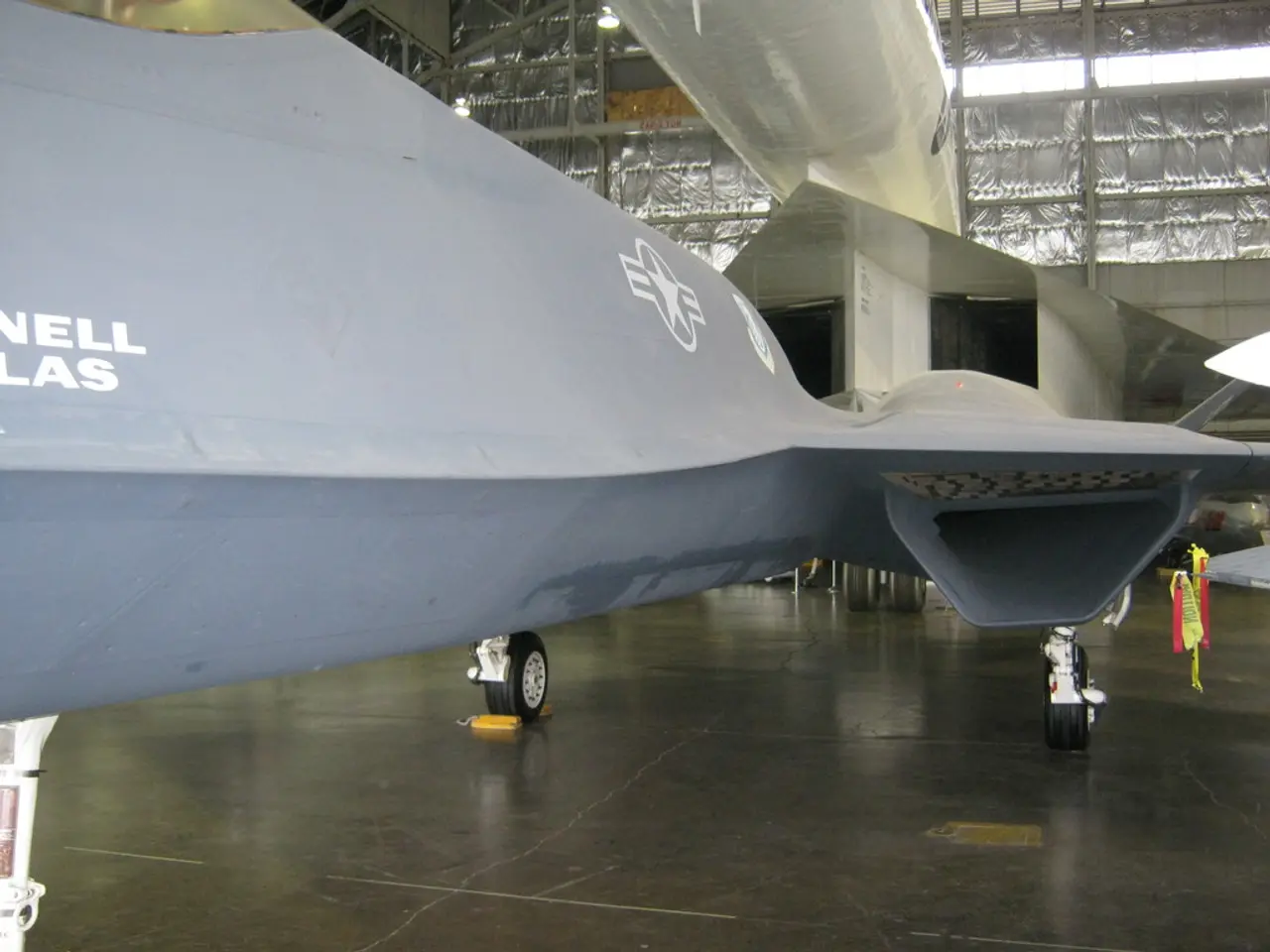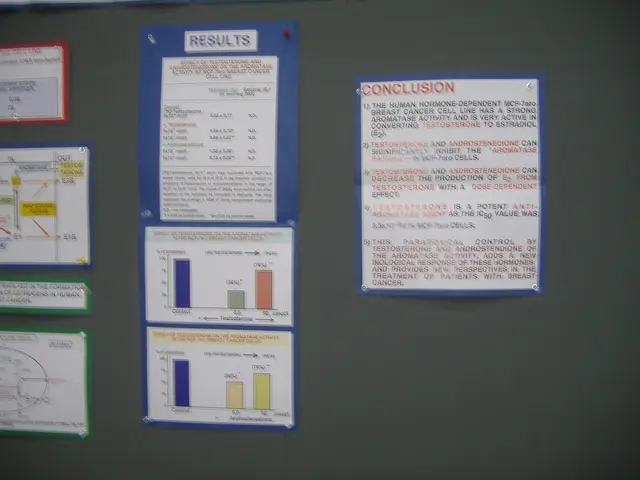Alibaba Reveals "DeepSeek Eliminator"
**Alibaba's Qwen 2.5 AI Model Shines in Multilingual and Multimodal Capabilities**
Alibaba has unveiled its latest AI model, Qwen 2.5, which has been making waves in the AI community due to its impressive multilingual and multimodal capabilities. The model was introduced two days prior by Alibaba, and it has already been showcased to outperform other leading AI models in various areas.
Qwen 2.5 AI model has been trained on over 20 trillion tokens and boasts a robust architecture that allows it to process text, images, and videos. This versatility sets it apart from many other AI models currently available. The model is available via API and Qwen Chat bot, making it accessible for a wide range of users.
In a demonstration by Philipp Schmid, Hugging Face's CTO, Qwen 2.5 was able to book a flight on Booking.com, showcasing its practical applications. The model's multimodal capabilities are particularly strong, especially for Asian languages and high-resolution images.
The Qwen 2.5 AI model has been compared to several other leading AI models, including GPT-4o, DeepSeek-V3, Llama-3.1-405B, and DeepSeek-R1. In this comparison, Qwen 2.5 excels in multimodal tasks, especially with high-resolution image inputs and multilingual content. It outperforms Llama 3.2 and matches or exceeds GPT-4o and DeepSeek variants on many benchmarks.
Compared to Llama 3.1-405B, Qwen 2.5 uses less VRAM and has faster inference speed, with better performance in multilingual and structured data tasks. However, Llama is better for English narrative understanding and safety. DeepSeek models are noted for strong STEM reasoning and cost-efficiency, while Qwen models provide a broader use case scope with better multimodal integration. GPT-4o remains a strong baseline in reasoning and coding but may have limitations on hard STEM tasks compared to some Qwen models.
In conclusion, Alibaba’s Qwen 2.5 and its successors represent highly competitive AI models that offer strengths in multilingualism, multimodal input handling, efficiency, and advanced reasoning, placing them among the top choices for enterprise and scientific applications, rivaling established models like GPT-4o, Llama 3.1, and DeepSeek variants.
The release of the Qwen 2.5 AI model has caused stock market dips and sparked debates over China's rising dominance in artificial intelligence. Meanwhile, Sam Altman, OpenAI's CEO, has vowed to surpass DeepSeek. It remains to be seen how these developments will shape the future of AI.
[1] Source: Alibaba Cloud's Whitepaper on Qwen 2.5 [2] Source: Hugging Face's Blog Post on Qwen 2.5 [3] Source: Alibaba Cloud's Whitepaper on Qwen 3 [4] Source: OpenAI's Blog Post on GPT-4o
The technology behind Alibaba's Qwen 2.5 AI Model is impressive, as it has proven its strength in multimodal capabilities, excelling in areas like multilingual content and high-resolution images. This artificial-intelligence model, traineed on over 20 trillion tokens, has already outperformed other leading AI models in various tasks.




